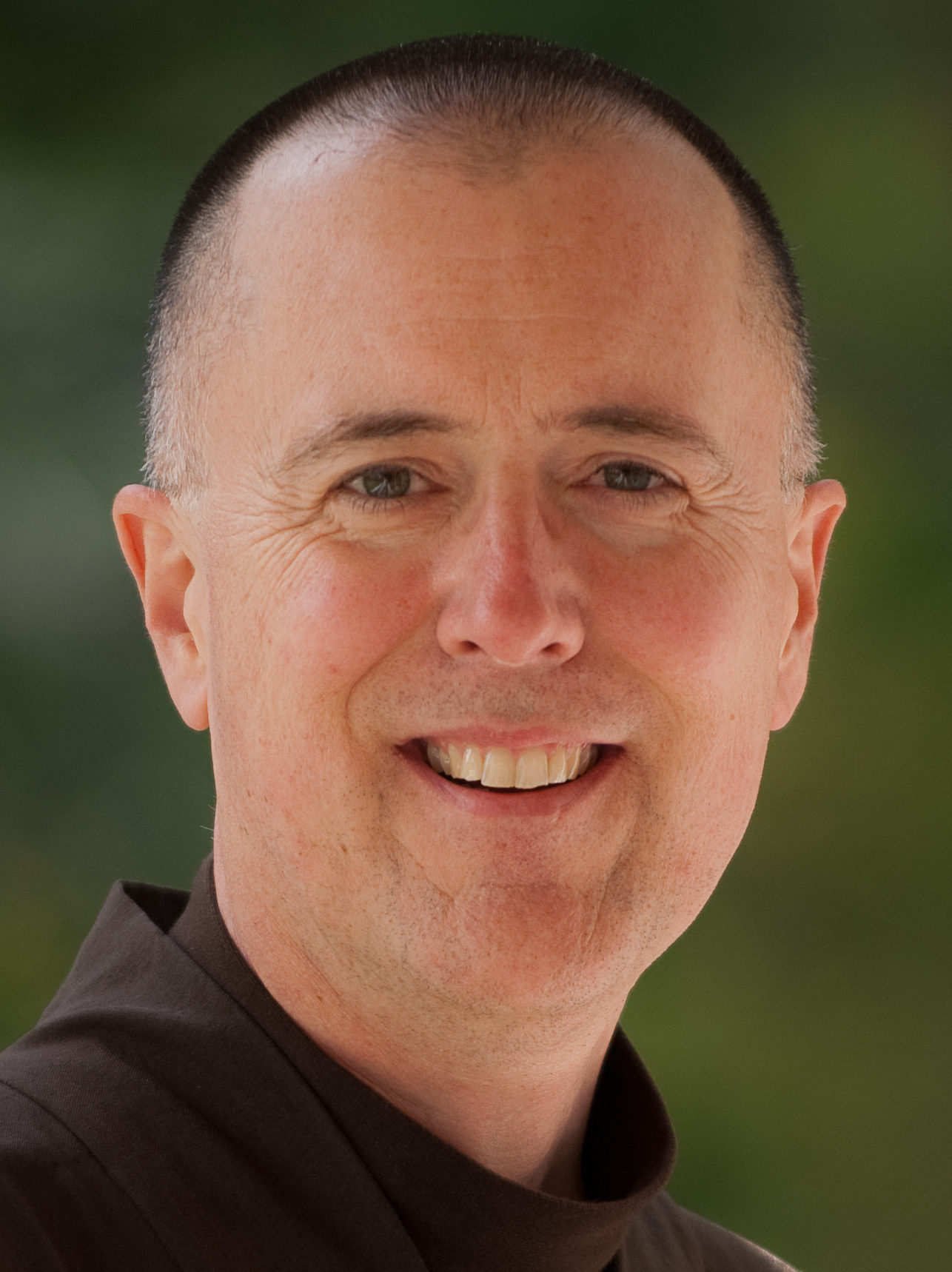For two years, I’ve been the Clinical Pastoral Education (CPE) Supervisor for Episcopal Diocese of Olympia, training priests and deacons to be better pastoral care visitors. It’s become clear to me that the CPE model was created by, and best serves, those of the dominant culture. It requires intellectual and cultural skills that are taught by a Eurocentric educational system. I’ve had students
who were Native American, Mexican, South Sudanese, and others, for whom the model has worked less well.
For two years, I’ve been the Clinical Pastoral Education (CPE) Supervisor for Episcopal Diocese of Olympia, training priests and deacons to be better pastoral care visitors. It’s become clear to me that the CPE model was created by, and best serves, those of the dominant culture. It requires intellectual and cultural skills that are taught by a Eurocentric educational system. I’ve had students
who were Native American, Mexican, South Sudanese, and others, for whom the model has worked less well. The challenges range from language barriers to differences in how people recognize, cultivate, and express meaning. Aware of my relative influence as a Caucasian male supervisor, I’ve been experimenting with modifying the curriculum to better serve alternative learning styles, and I am working with CPE supervisors to broaden our understanding of how to train and recognize chaplains from outside the dominant culture.
D, a middle-aged Native American man, was part of my first CPE cohort. I quickly became concerned about his ability to successfully complete CPE: he wasn’t turning in his work, participating in group discussions, or asking the necessary questions. One day, in the oak-lined library of an Episcopal parish hall, D pointed to the myriad books around him and said, “This isn’t my theology. Putting my feet in Mother Ocean is my theology.” Ah! Here’s an opening, I thought! I began to meet with D one-on-one rather than just with the peer group. I learned that in his culture, students don’t speak to the teacher unless asked to speak. It is rude for the student to ask the teacher questions. In
discussions, peers don’t contradict or argue with others (which the CPE model encourages). In D’s culture, truths are spoken, not written. No wonder he wasn’t turning in his written assignments.
I reached out to a friend who is a Native American Episcopal priest, and we formed a committee of people with deeper knowledge of D’s culture than I had. We crafted ways that D could express himself from his wholeness rather than trying to fit into the Western box of intellectual, rational, person-centered discourse that dominates chaplain training. I began to see that, within D’s cultural frame, he was a fully formed Native American man not in need of changing. “Fully formed” is a phrase I picked up from the Native American partners who helped me understand D. His differences from the dominant culture’s norms did not mean he needed correcting. Over and over in his life, he had been asked to shed his culture and adopt the culture of his colonizers. It was a relief to us both to be able to drop that, as much as we were able within the context. D and I became quite intimate, realizing that his Native ways dovetailed beautifully with my Zen ways. We both find meaning in direct, wordless engagement with things as they are.
The challenge became how to communicate D’s wholeness to the diocese. CPE involves institutional screening: does the candidate have the personal “stuff” to do the job within an institution? My balance was to write a supervisory evaluation that explained how D was fully formed within the Native American context, and that if we—those in the dominant culture who train and ordain chaplain candidates—want to welcome people from diverse cultures, we have to welcome their strengths. D has ways of seeing and being that the dominant culture lacks. Can we welcome them, even if it means changing? Are we willing to cede power and control to a broader, more inclusive vision? Are we willing to see and release our narrowness?

Jonathan Prescott, True Recollection of Radiance,
worked as a chaplain in hospitals and hospice settings,
ran a hospital chaplaincy program, and now trains
chaplaincy students.

